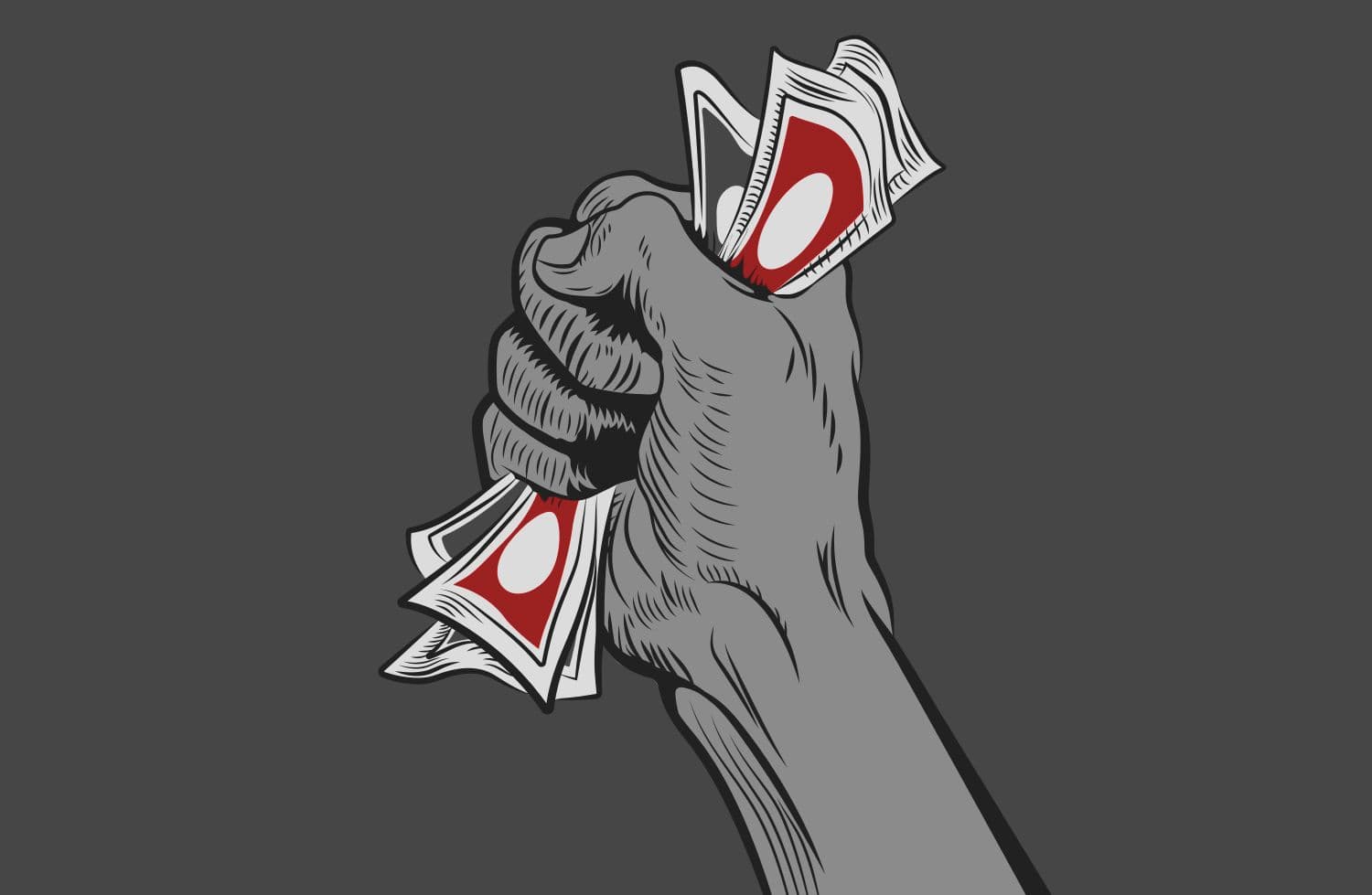Inversion of the Money Snatchers
 Jason GlennJanuary 6, 2023
Jason GlennJanuary 6, 2023
On December 5th the Bank for International Settlements (BIS) issued a paper that $65 trillion were not accounted for in the statistical data. The financial media quickly spun the headline to “Huge, Missing and Growing: $65 Trillion in Dollar Debt Sparks Concern”. Is $65 trillion really missing?
For brevity and clarity, complex processes and relationships have been simplified to make two key points; the US Dollar denominated global monetary system expands on-demand by users (onshore and offshore) and US Treasury (UST) yield curve inversions signal abnormal monetary conditions.
Banking, treasuries, and money issuance are abstract, providing opportunity for the media to aggrandize and misdirect. The US credit-based monetary system has proven to be a financial miracle leading the greatest global expansion in history and unprecedented international prosperity! Most nations have a central bank for issuance of national currency while most international transactions are dollar denominated. Why? International markets need a relatively stable and trusted medium of exchange, and the best candidate becomes the global reserve currency.
The US does not have a central bank and the Federal Reserve System does not directly control the monetary base. Heresy!!! The USD is a digital ledger credit based monetary system backed by confidence. The feature of this system is the money supply is expanded on-demand by the borrowers and banks, somewhat regulated by the Fed. If we take on debt to expand our home or business, money creation occurs with the loan. The banks approve the creation of loans/money and have an incentive to avoid default risk. Therefore, confidence in the future and risk tolerance temper both lender and borrower required for monetary base expansion.
Following the GFC, inflation ran below Fed targets for a decade with rates near zero. Probably because US banks organically tightened lending practices to avoid going the way of Bear Stearns. Remember, for money to be created a borrower and a lender take a bet on the future. The Fed followed up with additional banking controls, so while loosening they tightened. Following a decade of low inflation amongst ZIRP and QE, the runaway inflation narrative has driven monetary policy to tighten more. Why was inflation low during the most accommodative decade ever? Was the Fed correct about inflation being transitory, but then pivoted because the public tolerance of transitory wasn’t 2 years? Was apparent inflation mostly a prolonged supply shock while logistics realign to the post covid world? We’ll see what treasury yields are saying after a brief explanation of their usage in the global monetary system.
The Fed doesn’t create money directly. The Fed regulates banks with incentives to tighten or loosen lending, which affects the monetary base. Among many other policy tools, they purchase assets like treasuries, mortgage-backed-securities, and index fund equities (QE). They conduct numerous open market operations to provide domestic and foreign banks liquidity serving as the lender of last resort. Their preferred tool is moral suasion where they instill confidence in the banking system and convince participants of their inclinations, hoping those assertions become reality thorough participant actions, eliminating the need for policy actions. In short, they set overnight lending rate targets, provide liquidity through asset swaps, regulate banks, and persuade participants.
The global monetary system creates dollars through loans in the banking system. When we take a car loan, use a credit card or trade on margin, the money is created, poof. Conversely, when you pay off that debt, the money disappears. Congress also creates money through deficit spending adding money to the global system as UST. Treasuries are the preferred collateral for multiple tiers of lending and thus multiple tiers of money creation. While this money creation seems to be self-perpetuating it is also self-correcting and occasionally overcorrects (bubbles and liquidity crises). Dollar denominated money has been created like this for 50-70 years. The missing $65 trillion was by-design created by offshore banks and other shadow banking activities through dollar denominated lending, to provide needed liquidity for legitimate economic activities, not required to be reported to the Fed.
With the overnight rate, the Fed incentivizes banks to conduct riskless swaps for a current return of ~4.5%, rather than lending into a potentially waning economy with increasing default risk. For lending to be attractive for the banks, they offer rates well above the Fed rate, becoming less attractive to the borrower. With default risk, capital becomes cheaper for Big-Tech than small business.
The weirdness of yield curve inversions is shorter-term rates exceeding longer-term rates. The UST market is subject to market pressures, but banking pressures are most noteworthy. Domestic banks have been buying UST with yields below the Fed rate. Why would a bank purchase a longer-term UST with a lower return than the Fed overnight rate? Maybe they don’t think the Fed rate will stay 4.5% and prefer to accept a 3-month UST for less return but guaranteed for 3 months at that rate. Additionally, international institutions have continued to purchase UST, needing high quality collateral and interest-bearing instruments to exchange excess dollars acquired during US trade deficits. In short, recession fears and high international demand apply downward pressure on yields contributing to inversions.
The most cited yield curve inversion is the 10yr-2yr (figure 1), while the 10yr-3mo inversion (figure 2) appears to be less noisy. Since 1982, the four appearances of a 10yr-3mo inversion more closely preceded a rate cut than the 10yr-2yr inversion. After the 10yr-3mo un-inverted the market bottomed after 10 months in 1990, after a year in 2002 and 2009 and immediately in 2020.
The Fed’s actions of 1978-1983 were messy as shown in figure 1, the cycle surrounding the market bottom was prolonged with several rate moves in both directions. The Wilshire 5000 index bottom preceded the un-inversion by four weeks.
Since 1982, the broader stock market pivoted from the lows after the 10yr-3mo un-inverted.
Figure 1: 10yr minus 2yr treasuries (inversion below zero reference line) 1978-1984.
Figure 2: 10yr minus 3mo treasuries (inversion below zero reference line) 1982 to 2022.
Disclaimer: The content and materials available on this site are not intended to serve as financial, investment, trading, or any other form of advice or recommendation from Trading Terminal.


